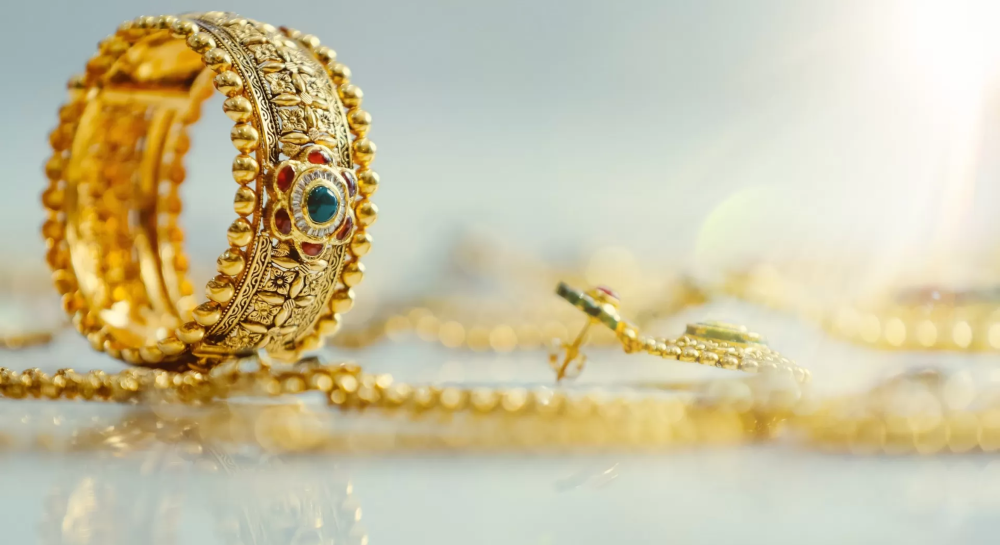For thousands of years, gold has been one of the most sought-after and used metals in jewelry. Gold was not only used for decoration, but also had deep cultural and social connotations that reflected an individual’s wealth, social status, or even spiritual significance. In this article, we will take you on a historical journey as we trace the evolution of gold design and how these designs have been influenced by cultures and artistic trends throughout the ages.
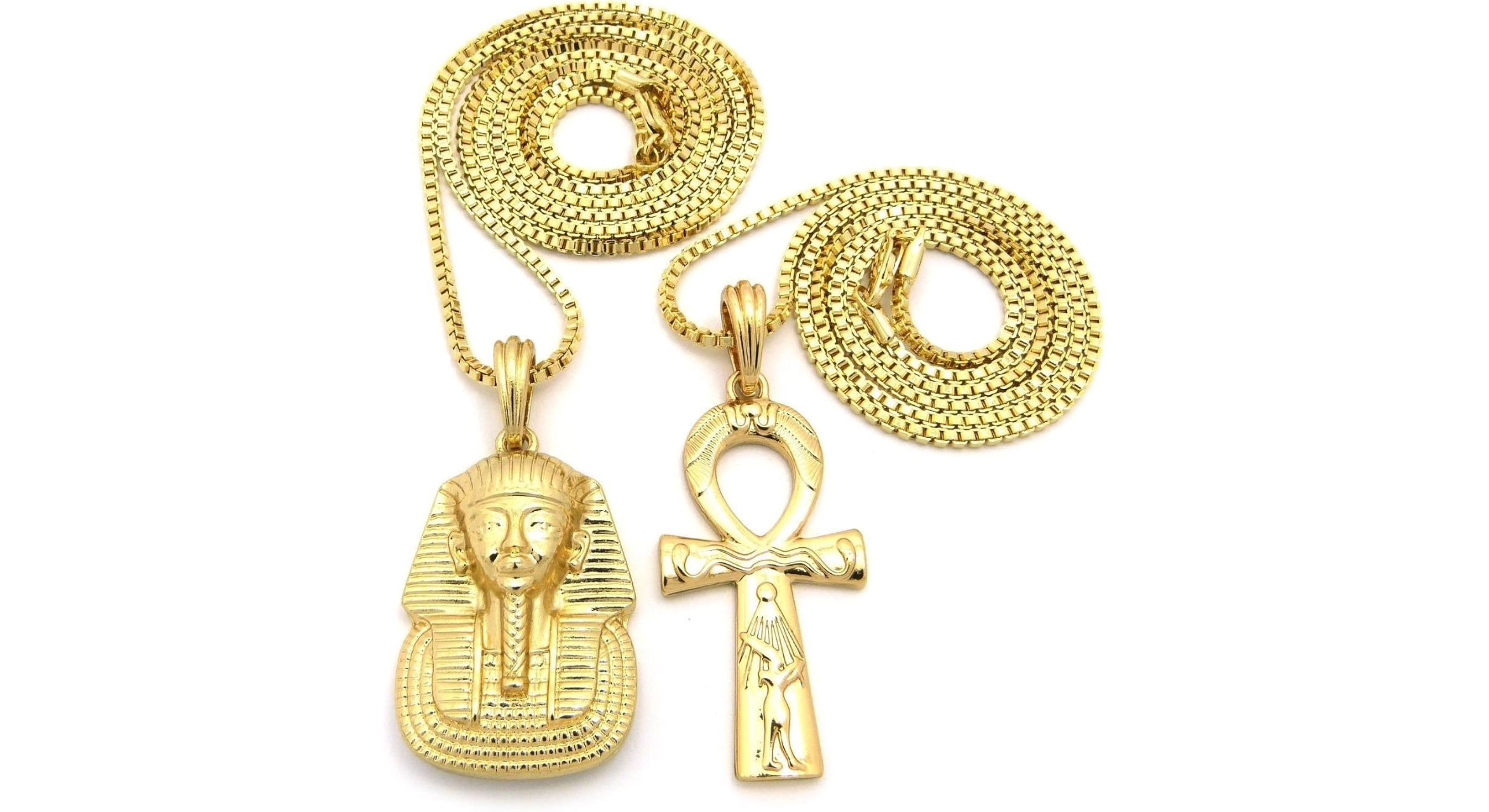
Ancient Age: Gold as a Symbol of Holiness and Power
In ancient civilizations such as Pharaonic Egypt , gold was considered a sacred metal associated with gods and kings. The pharaohs used gold to make crowns, bracelets, amulets, coffins and royal pieces that symbolized eternal life and divine power. The designs were characterized by intricate details and engravings depicting gods and spiritual beliefs. They relied on symbols such as the Eye of Horus and the scarab, which carried spiritual and protective meanings; designs at that time relied on fine decorations and intricate details that reflected social and religious status. For example, the "Scara" necklace is considered a symbol of protection and power in Egyptian culture.
In Greek civilization , gold jewelry was characterized by shapes inspired by nature, such as flowers and leaves. The designs expressed harmony and ideal beauty, which reflected the Greek philosophy of balance and natural beauty.
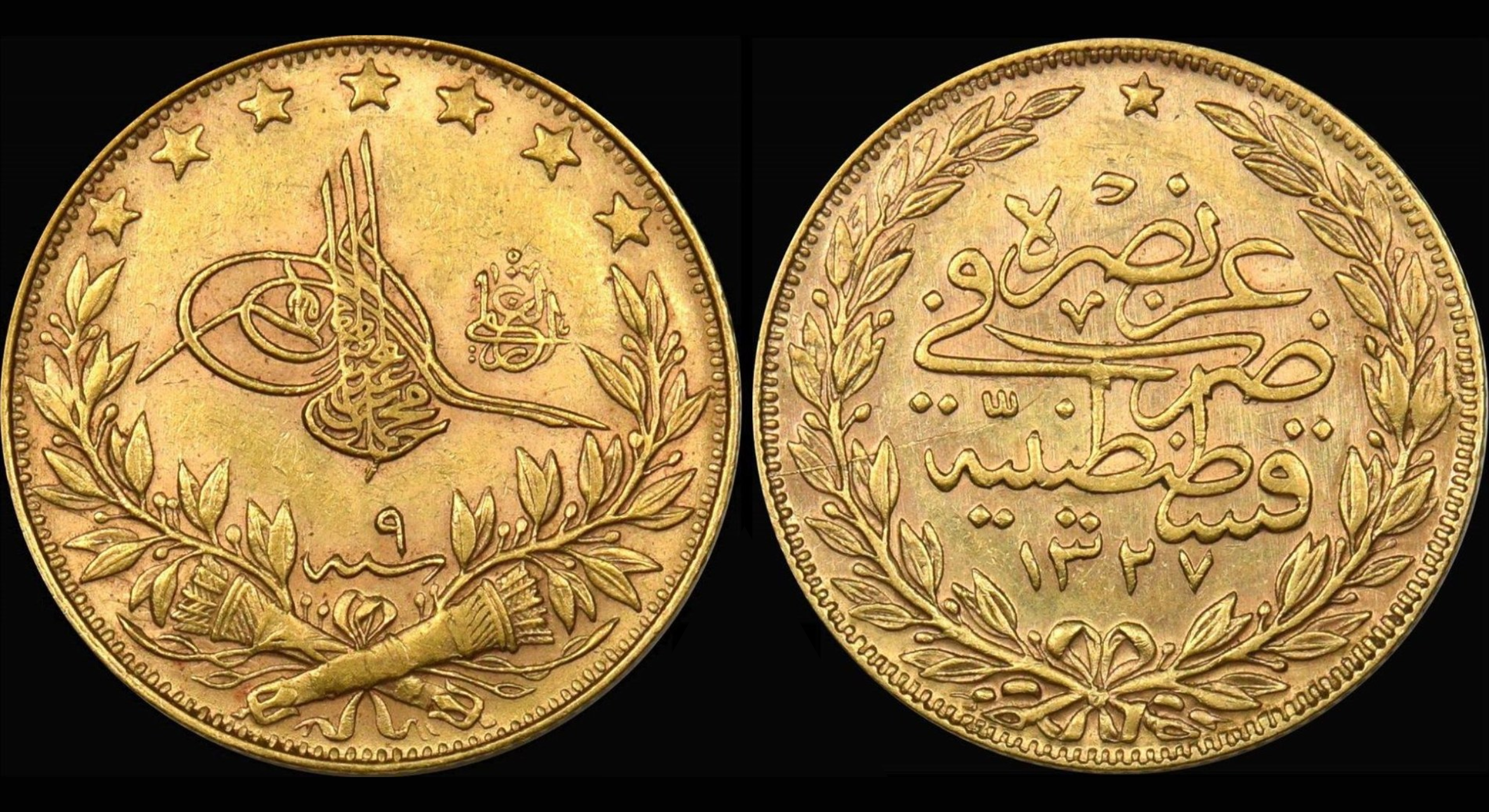
Medieval: Symbolic and Religious Designs
Over time, gold in the Middle Ages became an important element in amulets and religious objects. Gold was used in the making of icons, crosses, scepters, and jewelry that had spiritual meanings. In Europe, for example, jewelry designs included religious symbols such as the cross or other Christian symbols, to promote faith and connection to spiritual powers.
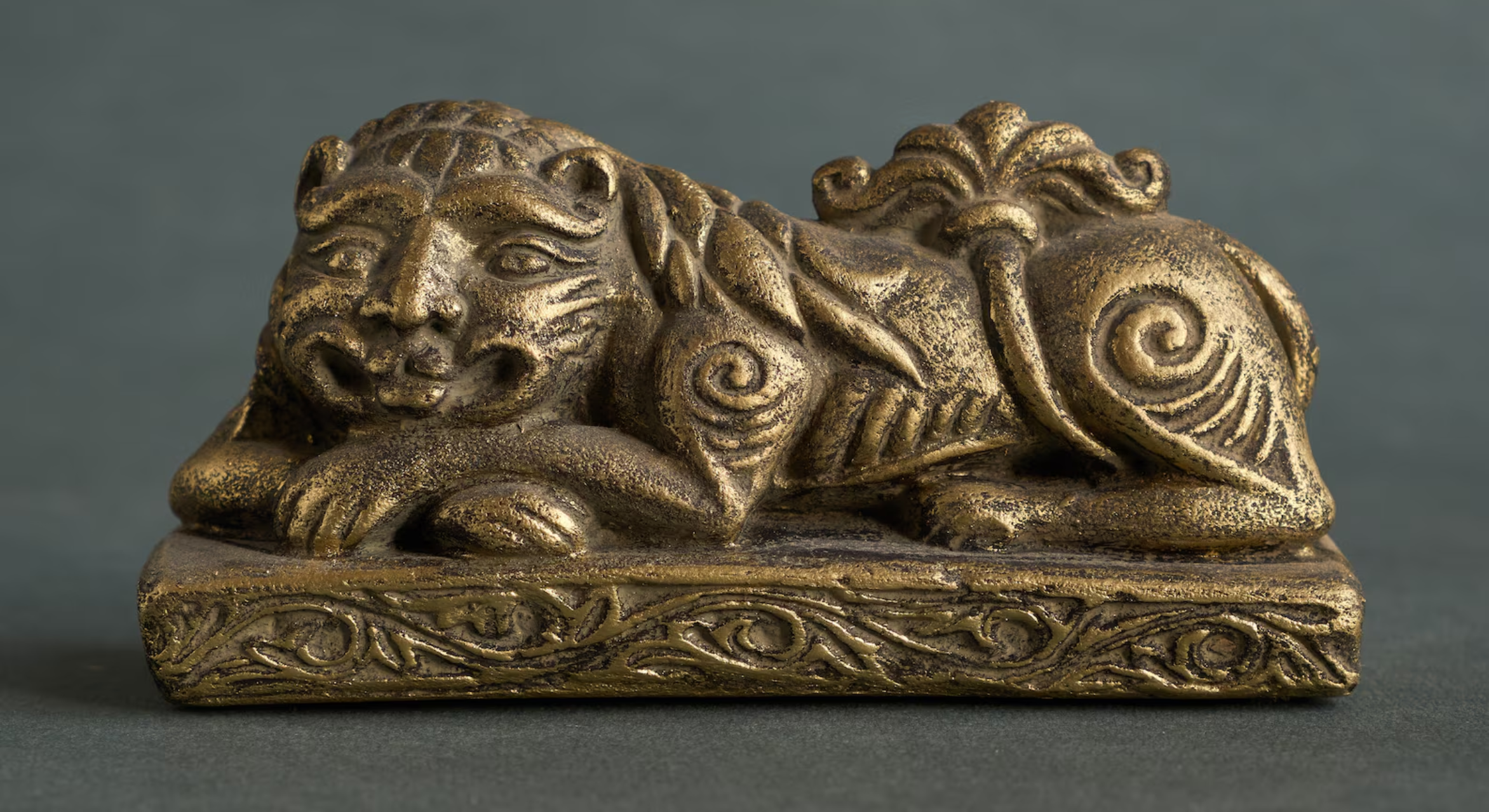
Renaissance: A Return to Luxury and Fine Detail
The Renaissance brought with it a revolution in art and design, and gold was a key element in this movement. Designs were inspired by nature and classical art, featuring intricate details such as floral and animal motifs. Gold symbolized luxury and good taste, and was used in jewelry for weddings and royal occasions.
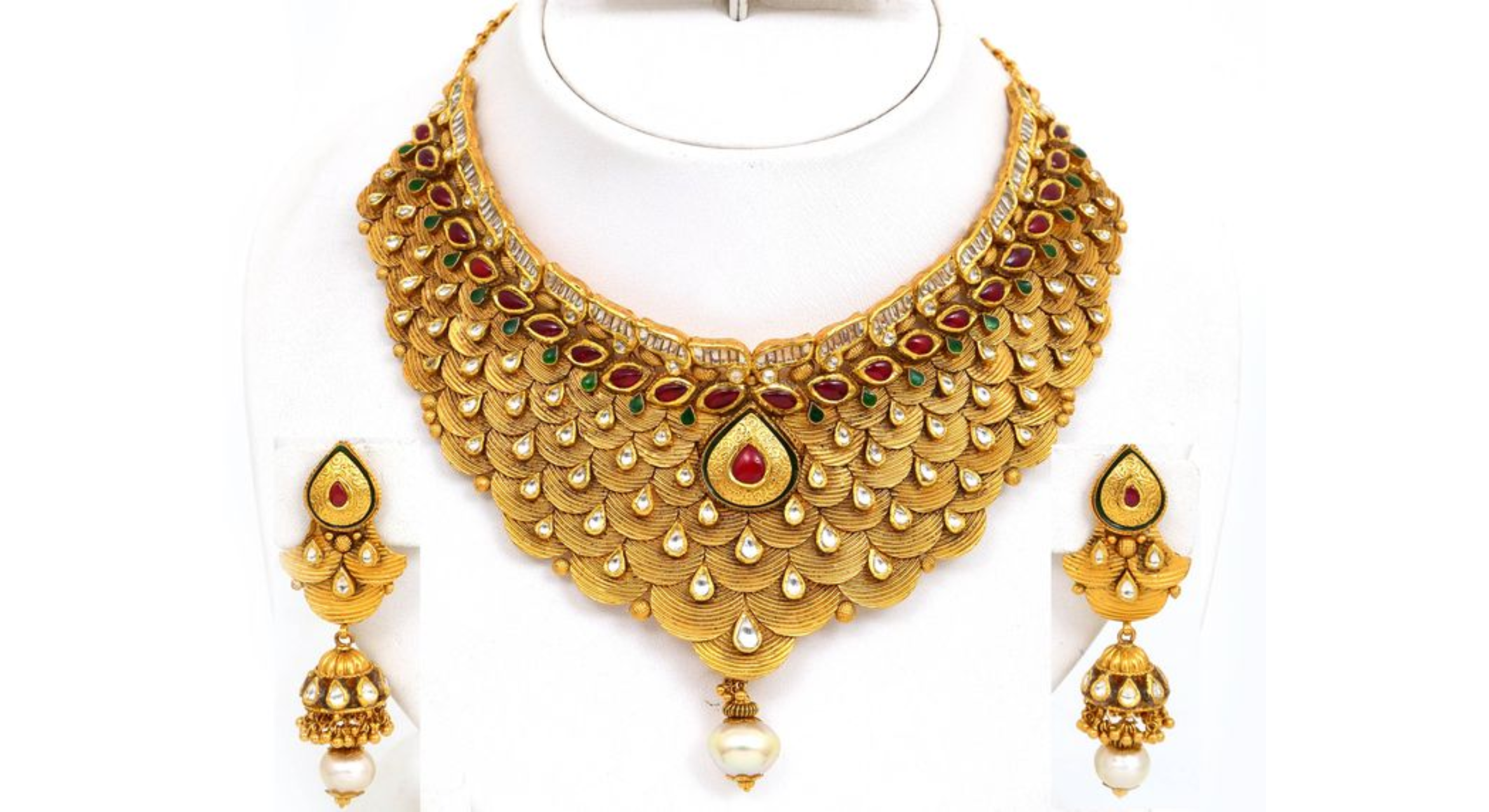
Victorian Era: Emotion and Personal Symbolism
During the Victorian era, gold jewelry became a means of expressing personal emotions and feelings. Pieces were crafted with symbolism associated with love, mourning, and loyalty. Jewelry featured intricate details such as flowers and birds as a symbol of love or eternity. The Victorian period was characterized by the innovative use of gemstones with gold to enhance aesthetic and symbolic value.
Simple and innovative designs in the 20th century
As the world entered the 20th century and the Industrial Revolution began, the gold jewelry industry underwent a radical transformation. Gold became more widely available due to improvements in mining and manufacturing techniques, making jewelry more diverse and inclusive. Designs during this period were innovative and bold, and simple, straightforward styles began to appear to cater to the tastes of different classes.
While jewelry was once a symbol of wealth and power, in modern times gold designs have become symbols of personal elegance and unique taste. Simple geometric shapes, clean lines, and harmonious patterns have been adopted in jewelry design, giving gold pieces a modern touch that suits the spirit of the times.
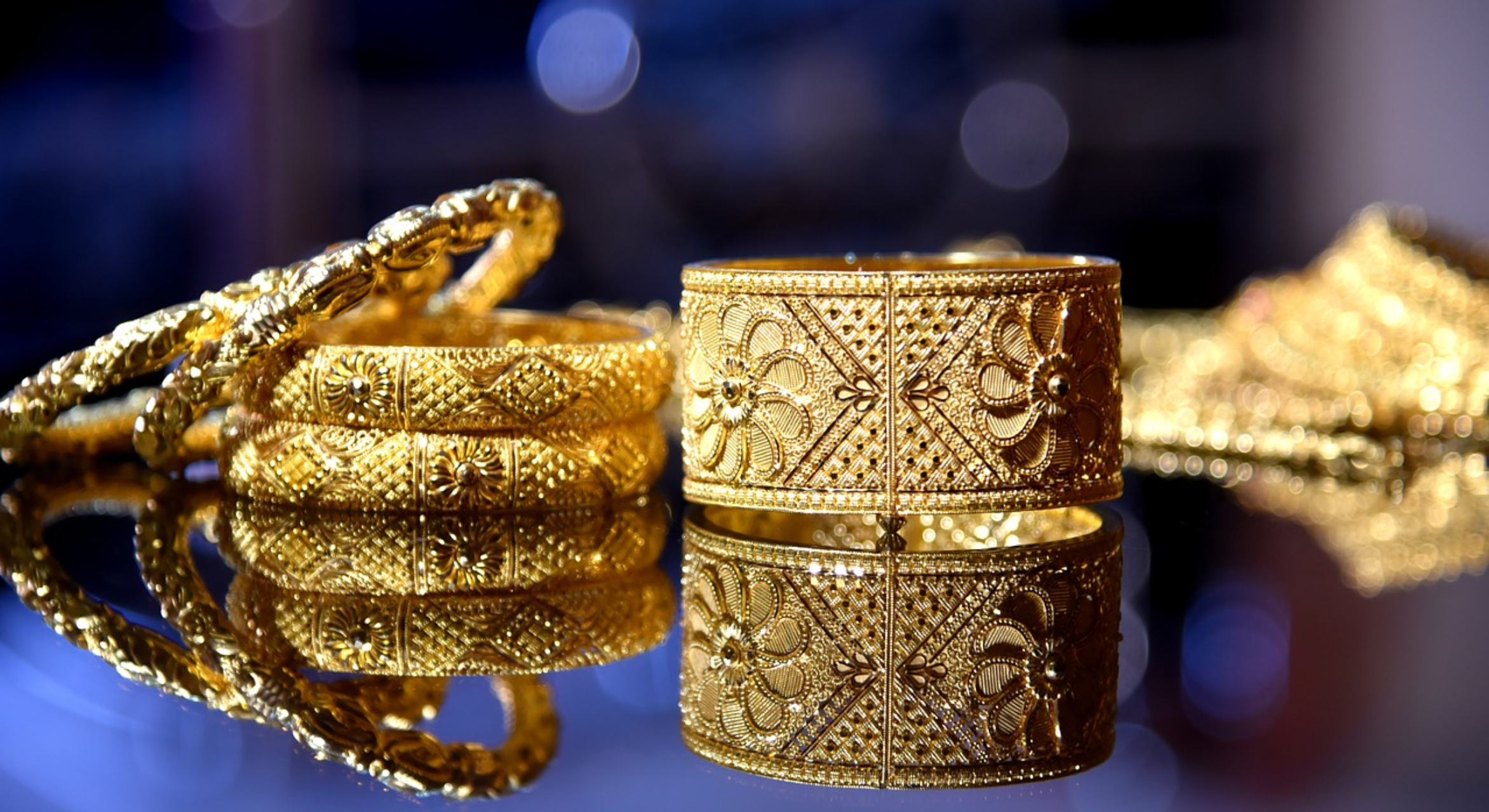
Gold Jewelry in the Modern Era: Beyond the 20th Century
In addition, the modern era has witnessed the introduction of new materials in jewelry design alongside gold, such as silver and platinum. This combination of metals has contributed to the creation of flexible designs ranging from classic to modern. Designers have begun to create pieces that combine functional beauty with artistic expression, inspired by contemporary architectural and artistic styles such as Bauhaus, which blends simple beauty with technical innovation.
Popular culture has also played a role in guiding modern gold jewelry designs, with designers drawing inspiration from influential figures in fashion and movies such as Chanel and others, resulting in designs that suit various occasions and meet the needs of the diverse modern market.
Conclusion:
Throughout the ages, gold has expressed cultural, spiritual and aesthetic values, and has played a major role in expressing social status and artistic trends. Gold designs have evolved from intricate pieces to simple and modern designs, but gold has remained a symbol of value and beauty. In every era, gold has provided a unique touch that reflects the culture and civilization of each time, and to this day it still maintains its high position in the world of jewelry.

